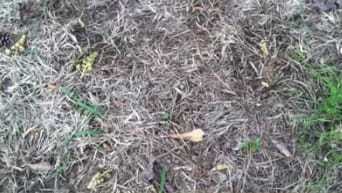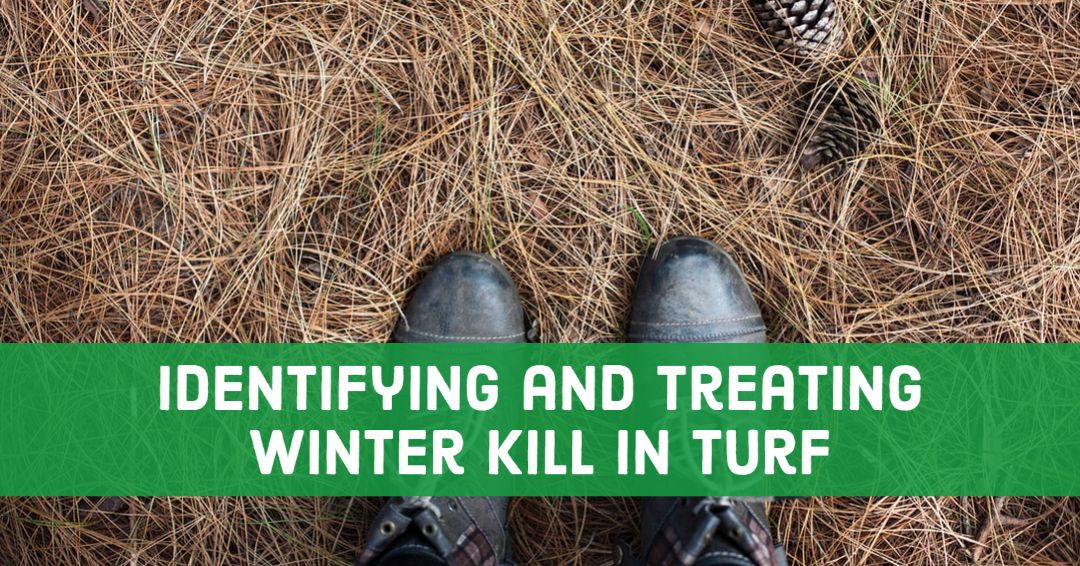We’ve seen and received many questions regarding grass that is failing to green up. This lawn disease is happening because of Winter Kill.
“What is Winter Kill?”
Winter kill refers to grass dying because of the harsh effects of wintertime weather. Usually, prolonged cold weather does not damage dormant grass as significantly as ongoing temperature fluctuations.
Lawn Disease – Winter kill affects the following warm-season grasses:
- Centipede-grass
- St. Augustine-grass
- Bermuda-grass
- Zoysia-grass
With variations among four different warm-season species, multiple climatic conditions, and because of the wet conditions leading to a likelihood of disease, there is much to be said on the topic of lawn disease due to “winter kill”. If there were a year for winter kill, after the cold conditions this past winter and early spring, this would be the year for it.

Winter Kill Lawn Disease in South Carolina
Bermudagrass has greened-up and is beginning to grow. We’ve seen a few lawns and pictures of some bermudagrass that is still brown. Patience is the key with bermudagrass. Soil temperatures have only been conducive for growth for about two-three weeks. Bermudagrass has rhizomes, below-ground stems, that were likely well insulated by the soil in winter. Warmer temperatures and time will begin bermudagrass recovery.

Zoysiagrass has fared well but is slow to resume active growth. Zoysiagrass is inherently a slow-growing species, so recovery is going to take time. It too has rhizomes and with time will regenerate itself as environmental conditions become favorable for growth. To help, vertical mowing (i.e. verticutting) can aid in getting light and warmth to the soil surface. For those in our mowing program with Zoysiagrass, we will be verticutting your lawn to improve recovery.
Centipedegrass and St. Augustinegrass has suffered the greatest from our assessment. There are many cases where reestablishment is going to the best option for you. Consider making the decision now and getting started with sodding to replace those patches.
For Centipedegrass, you may try the following to initiate/accelerate the recovery process:
- Rake out thatch and leaf debris
- Verticutting in one direction (do not be aggressive)
- Interseed 0.5-lb / 1000 Ft²
- Fertilization 1.5-2 lbs / 1000 Ft²
If you decide to reestablish either by sod or by seeding – now is an appropriate time for either practice. In fact, if you choose to seed – the earlier the better. If you want your lawn to be healthy going into the fall, seeding may be the better option.
This post relied greatly on information provided by the Center for Urban Agriculture.
If you have any questions or need any further information regarding winter turf kill, please feel free to contact us by sending an email to support@quietlawn.com or calling us at 843-779-8873.


